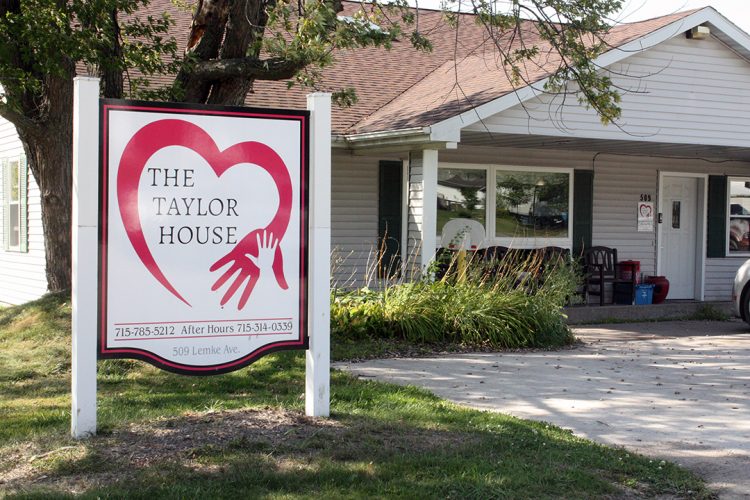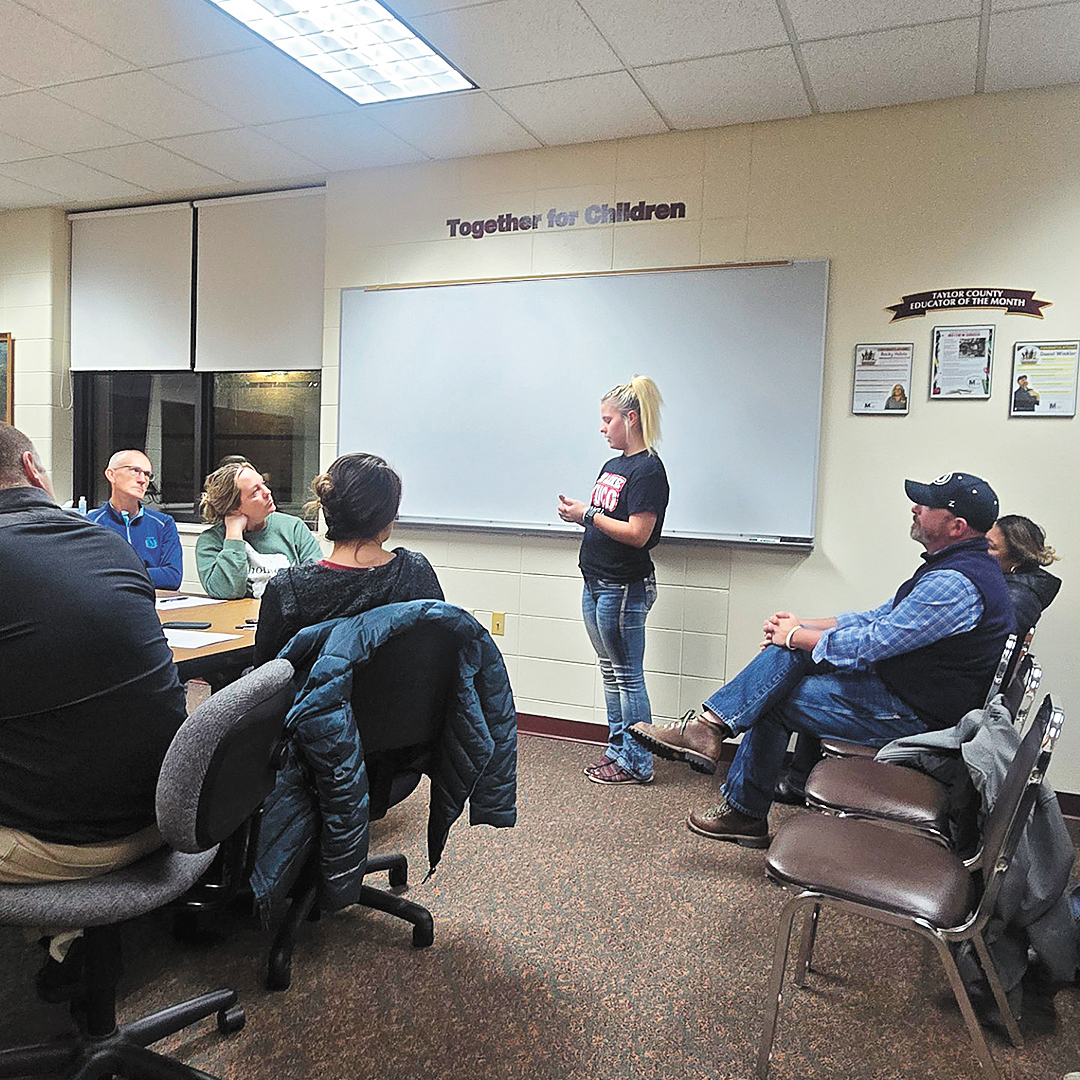Taylor House continues to work to meet housing needs


To build a future where every individual has access to safe, supportive housing through sustainable funding and trusted community partnerships.
This is the vision of The Taylor House. Locate...






